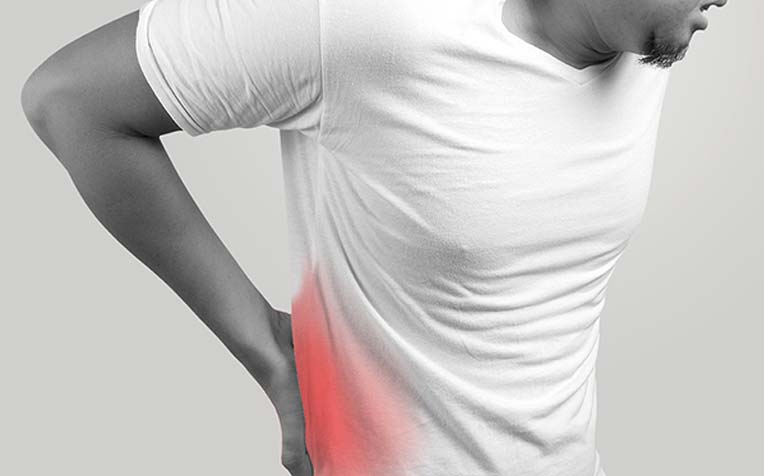
If you persistently experience lower back pain radiating to your hips, buttocks, back of your legs and even to your feet, you may have sciatica. The
Department of Neurosurgery at
National Neuroscience Institute (NNI), a member of the
SingHealth group, explains. (iStock photo)
Sciatic pain is often accompanied by numbness, weakness and tingling sensations in the legs, particularly on one side of the body. This is the result of the sciatic nerve being compressed by a herniated disc or slipped disc, bone spur or very rarely, a tumour.
Most people will recover from short-term or acute sciatica with some bed rest, pain relief medications and gentle, stretching exercises. Those with chronic sciatica will typically need a combination of pain relief medications, physiotherapy and exercise.
Related article:
Slipped disc – Warning signs to look out for
What is the sciatic nerve?
The sciatic nerve is the longest nerve in the body. It runs from the back of the pelvis to the buttocks and all the way down both legs to the feet. You may experience mild to extreme lower back pain and pain in the buttocks and legs when any part of the sciatic nerve is compressed or irritated.
What causes sciatica?
Common causes for sciatica are:
-
Herniated disc in the lumbar spine (lower back)
When the protective cushion (disc) between the lumbar vertebrae ruptures due to disc degeneration or spinal injury, it may press on the sciatic nerve and cause nerve irritation and inflammation. This can lead to pain and numbness in the buttocks and back of the legs.
Related article:
Sciatica – How it is diagnosed and treated
-
Bone spurs
When bony growths on the lumbar vertebrae compress any part of the sciatic nerve, they can cause pain, numbness and tingling sensations in the lower part of the body
Symptoms of sciatica
Coughing or sneezing usually makes sciatic pain worse. Sciatica is recognisable based on the nature and location of the pain:
- Radiating pain from the buttocks to the leg (usually on one side of the body)
- Tingling sensations down the leg
- Leg numbness and muscle weakness that impede walking
- Sudden shooting pain that makes standing up difficult
Related article:
Tips to manage back pain and when to see a doctor
--
Articles on
HealthXchange.sg are meant for informational purposes only and cannot replace professional surgical, medical or health advice, examination, diagnosis or treatment.